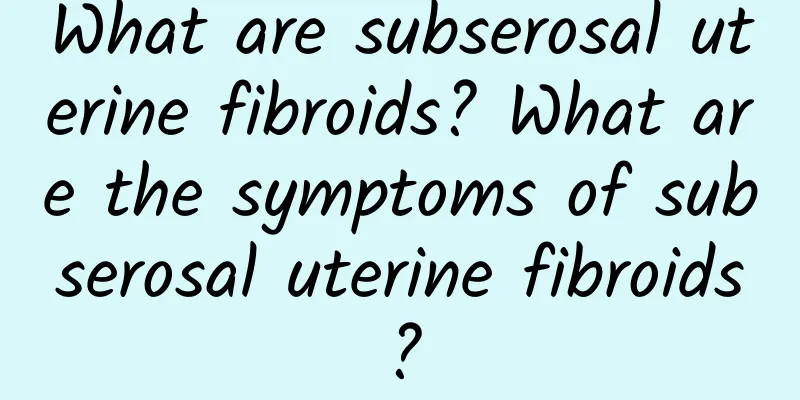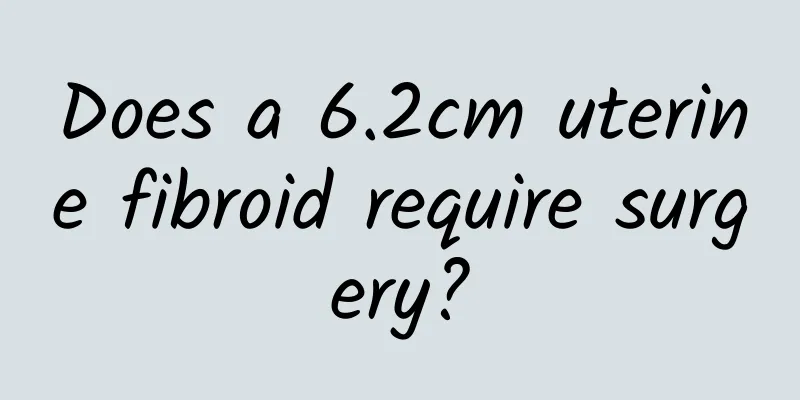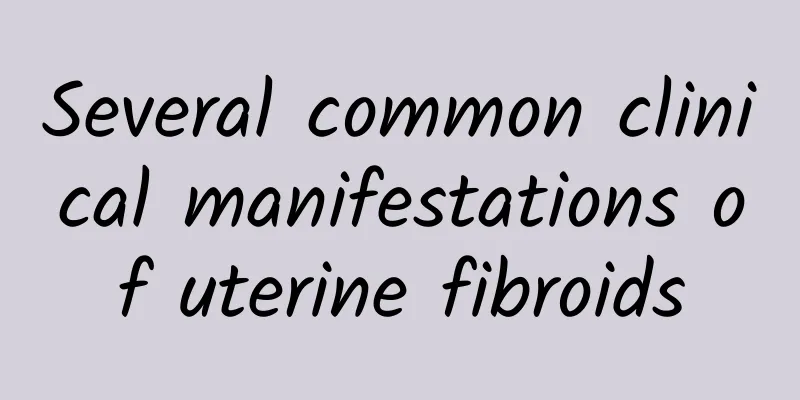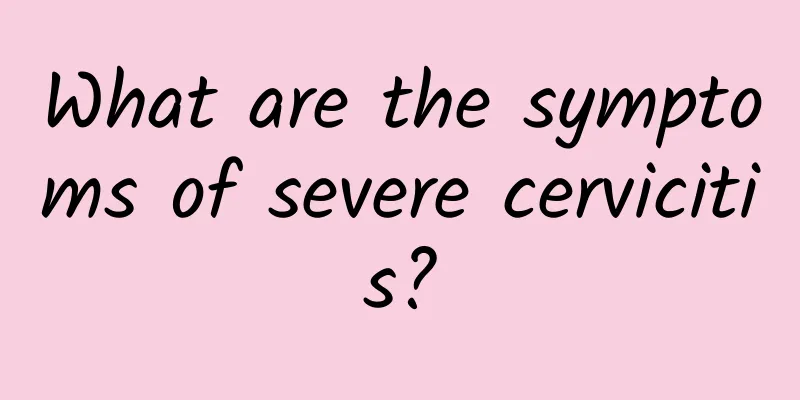What are subserosal uterine fibroids? What are the symptoms of subserosal uterine fibroids?

|
Subserosal uterine fibroids are a common type of uterine fibroid. Unlike other types of uterine fibroids, the tumors grow in a different location. So, what are subserosal uterine fibroids? What are the symptoms? Subserosal uterine fibroids refer to most of the fibroids that grow and protrude from the surface of the uterine serosa, accounting for about 20-130% of fibroids. Subserosal uterine fibroids refer to most of the fibroids that grow and protrude from the surface of the uterine serosa. Between the subserosal uterine fibroids and the muscle wall, women's menstrual changes are small and difficult to detect. Some subserosal uterine fibroids will not have obvious symptoms until they grow larger, so it is difficult for many people to discover the disease themselves. When the condition of subserosal uterine fibroids worsens, a series of typical symptoms will appear, as follows: 1. Pain: Generally, patients do not have abdominal pain, but often have lower abdominal swelling, back pain, etc. When the pedicle of the subserosal fibroid is twisted, acute abdominal pain may occur, the fibroid changes to red, the abdominal pain is severe, and is accompanied by fever. 2. Menstrual changes: The most common symptoms are shortened menstrual cycle, increased menstrual volume, prolonged menstruation, irregular vaginal bleeding, etc. 3. Increased leucorrhea: Increased leucorrhea, sometimes with a large amount of purulent and bloody discharge and necrotic tissue discharge with a foul odor. 4. Compression symptoms: When the fibroid grows forward or backward, it can compress the bladder, urethra or rectum, causing frequent urination, dysuria, urinary retention or constipation. When the fibroid grows to both sides, it will form a broad ligament fibroid, compressing the ureter or hydronephrosis; if it compresses the pelvic blood vessels and lymphatic vessels, it will cause lower limb edema. 5. Abdominal mass: The abdomen is swollen, and a mass can be felt in the lower abdomen, accompanied by a feeling of falling. 6. Infertility: Fibroids compress the fallopian tubes and cause them to twist, or deform the uterine cavity, hindering the implantation of the fertilized egg and leading to infertility. Finally, I hope that patients can have a basic understanding of subserosal uterine fibroids, understand the typical symptoms, be alert to early adverse symptoms, go to the hospital for diagnosis and treatment in time. |
>>: How to treat subserosal uterine fibroids How to use medication for subserosal uterine fibroids
Recommend
New trend in hybrid fitness: pregnant women lifting weights sparks controversy
In September this year, Lea-Ann Ellison, an eight...
Prevention of vulvar leukoplakia should start from childhood
The prevention of vulvar leukoplakia should start...
Symptoms and treatment of polycystic ovary
How to identify polycystic ovary? Patients with p...
Burdock is a starchy vegetable. Will eating too much make you fat? Nutritionist Liu Yili: Don’t make the mistake of eating burdock for health preservation
Burdock is a common side dish in Japanese cuisine...
What are the examination methods for chronic adnexitis?
The examination items for adnexitis are the main ...
How to treat uterine fibroids? How to treat uterine fibroids?
Uterine fibroids are a common benign tumor of the...
What are the symptoms after myomectomy?
As a difficult gynecological disease, uterine fib...
Does cold weather help you lose weight? 6 cups of fat burning herbal tea to prevent freezing
Winter is a good time to lose weight! A research ...
People need to find ways to prevent uterine fibroids in their lives
Uterine fibroids are a common disease that can ca...
Being thin does not mean having a good figure, having tight lines is the key!
[Key Points]: I have really lost a lot of weight!...
A brief discussion on bacterial vaginosis
Bacterial vaginosis is a disease caused by bacter...
Can cervical warts heal on their own without treatment?
Cervical warts are a relatively common disease, a...
What to drink for menstrual pain? Drink ginger and brown sugar water
Since there are many reasons for abdominal pain d...
Keep in good shape and lower your cholesterol! How to Eat Mixed Vegetable Soup
★Italian mixed vegetable soup Serving size: One s...
What are the things that must be done before abortion?
Many people choose to have an abortion after an u...









